As an integrated marketing agency, we are often inevitably briefed to create great brand work amongst all the coding, campaigning and optimising we do for clients.
It’s a tough one because, in line with our continuous improvement mantra, writing code, creating campaigns and optimising touchpoints and marketing channels for sour clients produces tangible results. Results that can be measured, benchmarked and improved.
All fairly objective stuff. Telling a client you can increase uplift in online conversion by tweaking the user journey is easy. Showing the same client what you’ve done and what it has achieved is easy. And once successful, convincing the same client to do it again or do it elsewhere? Easy.
The thing about brand work is that it’s subjective. To compound matters, there are generally more stakeholders involved in a rebrand or brand development project than there are in say, a paid media campaign or a UX audit. After all, everyone in Marketing (and if it’s a well-thought out true-to-its-values brand, everyone in the company) not only has an interest in the brand, but they generally have to execute it.
In some cases, compounding the subjectivity further still, there are still many and varied ideas about what a brand is.
The truth is a brand is many different things to many different people. Which also contributes to the intangible nature of the return on a company’s investment in their brand.
To some it might be a promise.
To others it might be a space in people’s heads.
And to others, it may be the way companies go about their business.
Take Ryanair as an example and apply it to the above.
The promise? That Ryanair will get you there for a lot less.
The space in your head? It could be a rather irritating Chief Exec - or it could be that go-getting, no-nonsense entrepreneur, depending on your viewpoint.
The way they go about business? Well depending on your experience, it could be in exchange for squeezing more out of your holiday budget, you feel squeezed for space, additional post-purchase costs or even your own precious patience.
So a brand could be all of the above and more. But the key word in that last sentence is ‘experience’.
A brand is people’s experience of the company through all of its touch points.
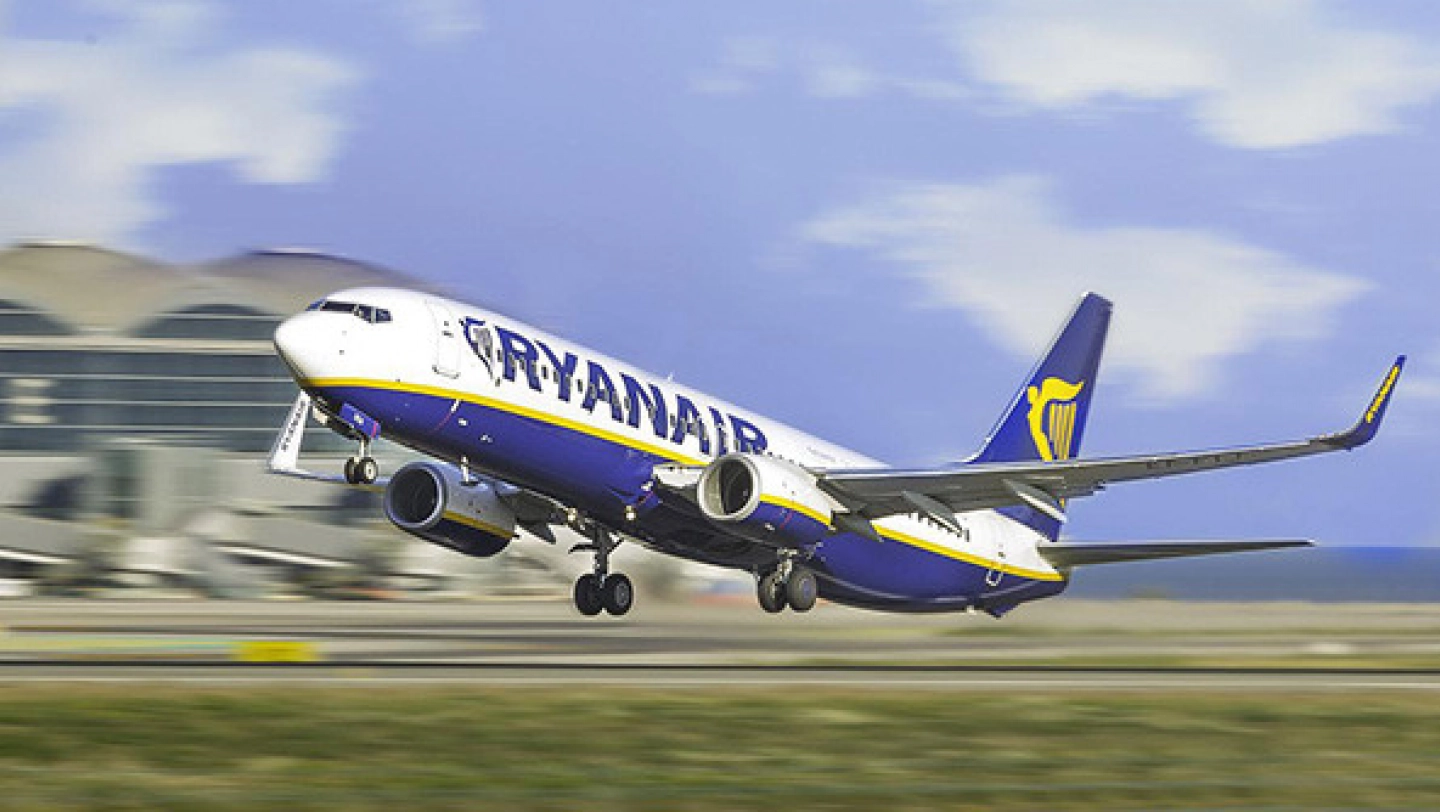
A brand is most definitely not:
just a typeface
a lone logo
a website
a colour palette
a strap line, mission statement or set of values.
But it can be a combination of all that and much more, including:
Tone of voice - think how almost every other brand wanted to sound like Innocent Drinks at one point.
Customers - yes, even customers can contribute to a brand. Think how many Apple evangelists there are, the world over.
Consistent brand elements - think Coca-Cola and the distinctive script typeface of the logo may spring to mind, or the famous glass bottles.
Positioning - The AA. Despite not using the strap line for years, you may still think of the organisation as the 4th emergency service—because at the time it really resonated with an audience and stayed for a good few years.
As implied, this list is not exhaustive but there are two key points to make at this stage:
All the elements in their own right are distinctive. People recall a brand through recognition of consistency; be that a jingle (think McDonald’s and its whistle) or even a colour (think Cadbury’s).
There’s investment. The names mentioned up to now are all big, recognisable brands—of course they are. And I’m not saying that’s purely as a result of focussing on the brand as there is more to it than that. But you cannot escape the fact that huge businesses have invested in creating brands that you instantly recognise for whatever reason.
And they will continue to do so because of one very important factor …
It’s commercially viable to invest in brand
… no matter how intangible or ephemeral the idea of ‘brand’ may seem. And, more importantly, no matter the size of your business.
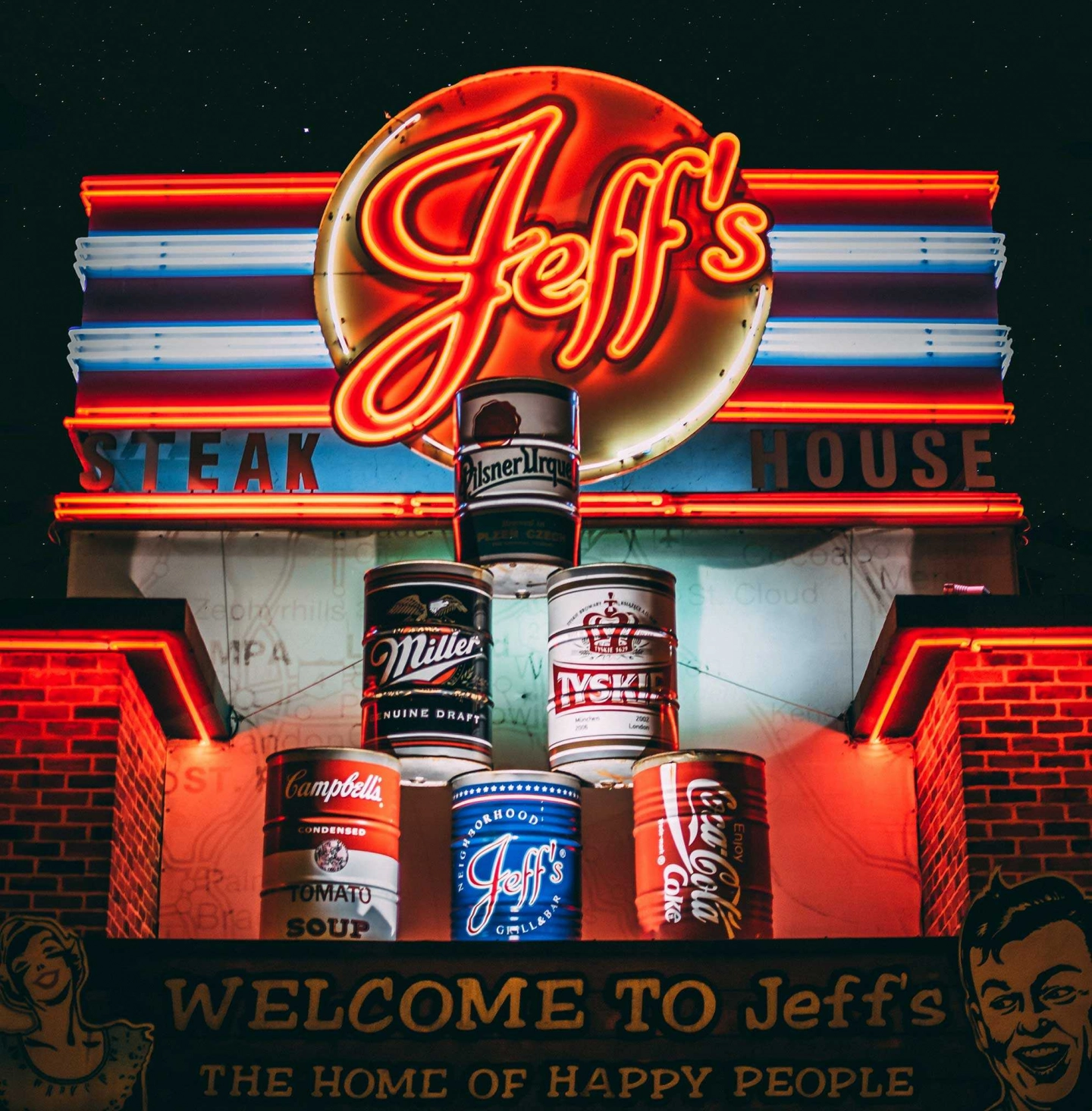
In fact, let’s turn this around. If you’re a start-up, or even an established but fairly small business, taking the same attitude as national and multi-national names to branding investment would be good. Actually it’s a must. And here’s why …
You’re in a scrap
It’s a competitive world out there. So what makes you so different? That may sound harsh, but it’s the reality. You need to give people a reason to choose you; from what might seem vitally fundamental characteristics such as outstanding extra-mile customer service to seemingly not so important elements like being yellow. And yes, people can be that fickle! Whatever those elements are, your brand needs to deliver them consistently. It’s a scrap out there so make sure your business isn’t picking up the scraps.
You’ll spend less on other stuff. Yes, really!
So I’ve mentioned all the reasons why you should invest in your brand, including standing out from the crowd, attracting the right audience, making your brand memorable. Sounds like the groundwork being laid for success. And whilst branding, marketing and advertising are three different bedfellows, they do cooperate to fuel profitability. But, with a stronger brand you’ll find more people seek you out rather than the other way round. It puts you more in control of where you place your budgets. Not only that, a strong brand can guide how you shape any advertising efforts and means you’re not spending time reinventing the wheel.
In addition, without a strong, compelling brand, any money you funnel into marketing—getting your audience to the promised purchase land, will be wasted.
You can potentially charge more
Let’s take a look at the phrase, ‘Brand equity’. This is the idea that companies can generate higher premiums on products with well-known brand names versus generic equivalents. This is true even for non-blue chip brands and SMEs.
For example, say you’ve built up a fair amount of trust and a good reputation in your bi-folding doors business. Now, bi-folding doors are quite a high-ticket item and, when it comes to people’s homes, a product that has to be right. A builder carrying out an extension on a customer’s home may give them a choice: the bi-folding doors company they’ve heard of and know something of their story, quality or reputation—or, a name that, whilst cheaper for seemingly a similar product, the customer has never heard of. This is where you, with the stronger brand, have the advantage. That is brand equity in action and the good news is, you build on it over time and increase its value—and the value of your company.
A strong brand fuels one of the most powerful marketing channels around
So you’ve spent time and effort on creating and people your brand. People recognise it. They remember it. For whatever reason, they’re attracted to it. And guess what … they’re talking about it.
Word of mouth is quite possibly one of the most impactful ways to promote your business. If you have people talking positively about what you do or what you offer, you have spent your time—and money, wisely. Think about it, how many times, if you’re in market for anything you care about or at the very least, want to get right, have you asked for recommendations. There can be no better endorsement of your products or services, than people speaking highly of you and passing that endorsement around.
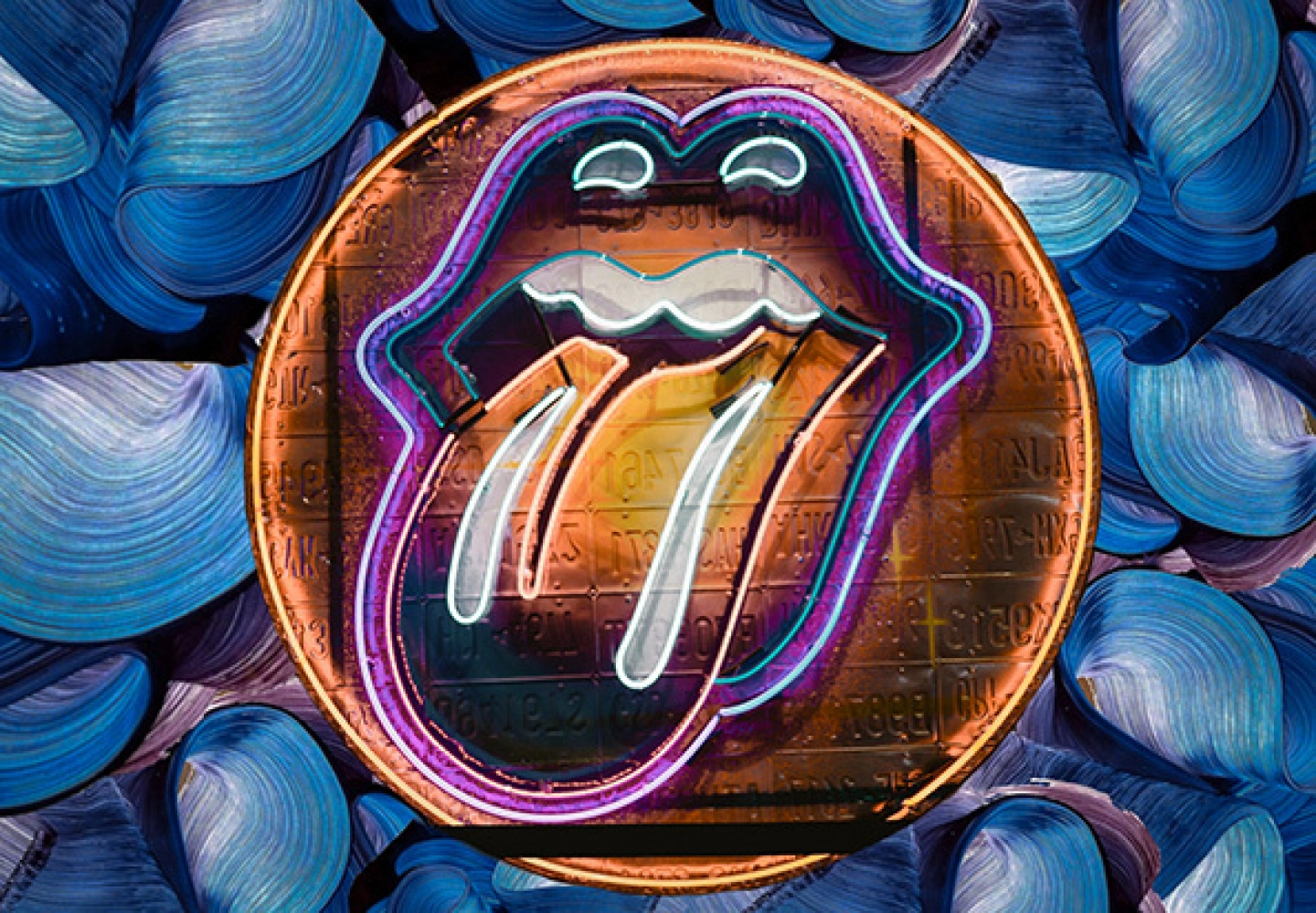
Still not convinced that strong branding affects revenue?
Ok, take the case of Tropicana, which hired an agency to rebrand one of the most famous fresh juice names on the market. You all know the iconic packaging, right ...
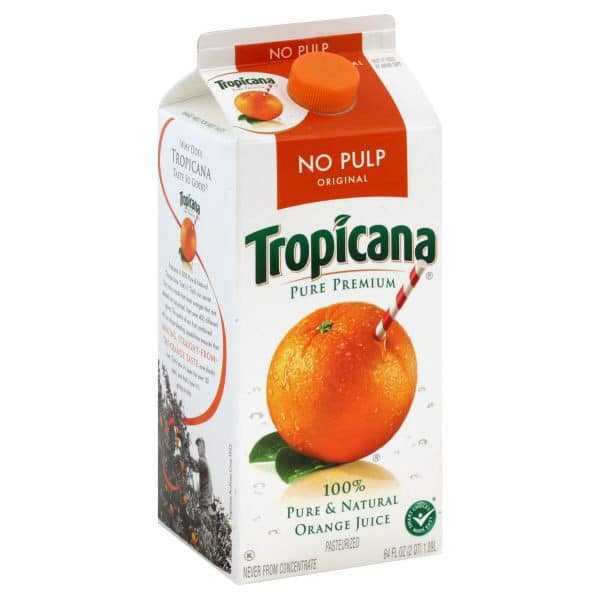
The thing that made it iconic for me, was the simple idea of having a big, fat orange on the front with a straw sticking; you're effectively drinking neat, fresh orange. That, and a couple of other brand elements, which I've mentioned earlier, such as a stand-out, instantly recognisable font and a bold colour palette.
In the new rebrand, that very simple idea was scrapped in favour of something that wasn't just bland, but in the context of on-shelf presence, simply blended in.
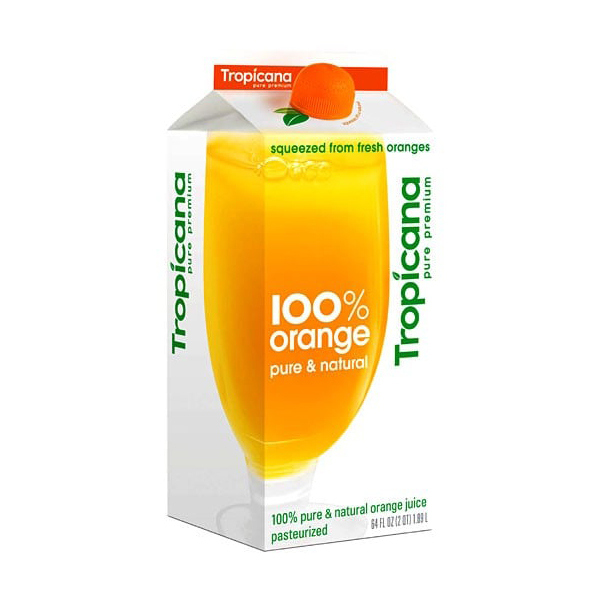
Tropicana sank months and a reported $35million on the rebrand.
Which had the effect of losing $20million in sales in the first month alone. Now let that sink in.
Furthermore, after just 30 more days, Tropicana flushed the new brand away and replaced it with the original. Proof that branding not only affects the bottom line, but should be given more serious consideration than perhaps some companies allow.
So, to conclude, consider this: you’re in business to be profitable. And so are the other businesses in your market. So why are potential customers in your target audience going to choose you?
Unless you’re in a race to the bottom and competing solely on price, they’re not going to choose you if you’re doing any one (or a combination) of the following:
blending in and looking just like your competition
not clearly stating what you will do for your audience, and how
saying the same thing as everyone else
doing things in the same way as everyone else
operating without doing something exceptional
not delivering your promise through your team
not taking the time to be memorable - even if only for one thing
So, if your priority is to be profitable, I hope the above serves as a just a few reasons why you need to invest time, effort and indeed your budget to your brand.
Or put it another way; with all the commercial reasons—and benefits—of investing in a strong brand, can you afford not to?
.
.
Credits:
Main image: https://unsplash.com/@lucas_da...
2nd image: https://pixabay.com/users/prom...
3rd image: https://www.pexels.com/@nematy...
4th image: https://unsplash.com/@valearel...
5th image: Snap Shop
6th image: Packaging Digest